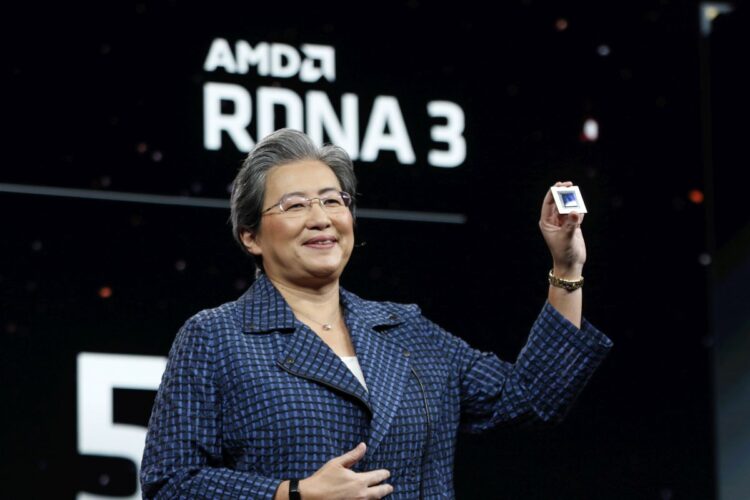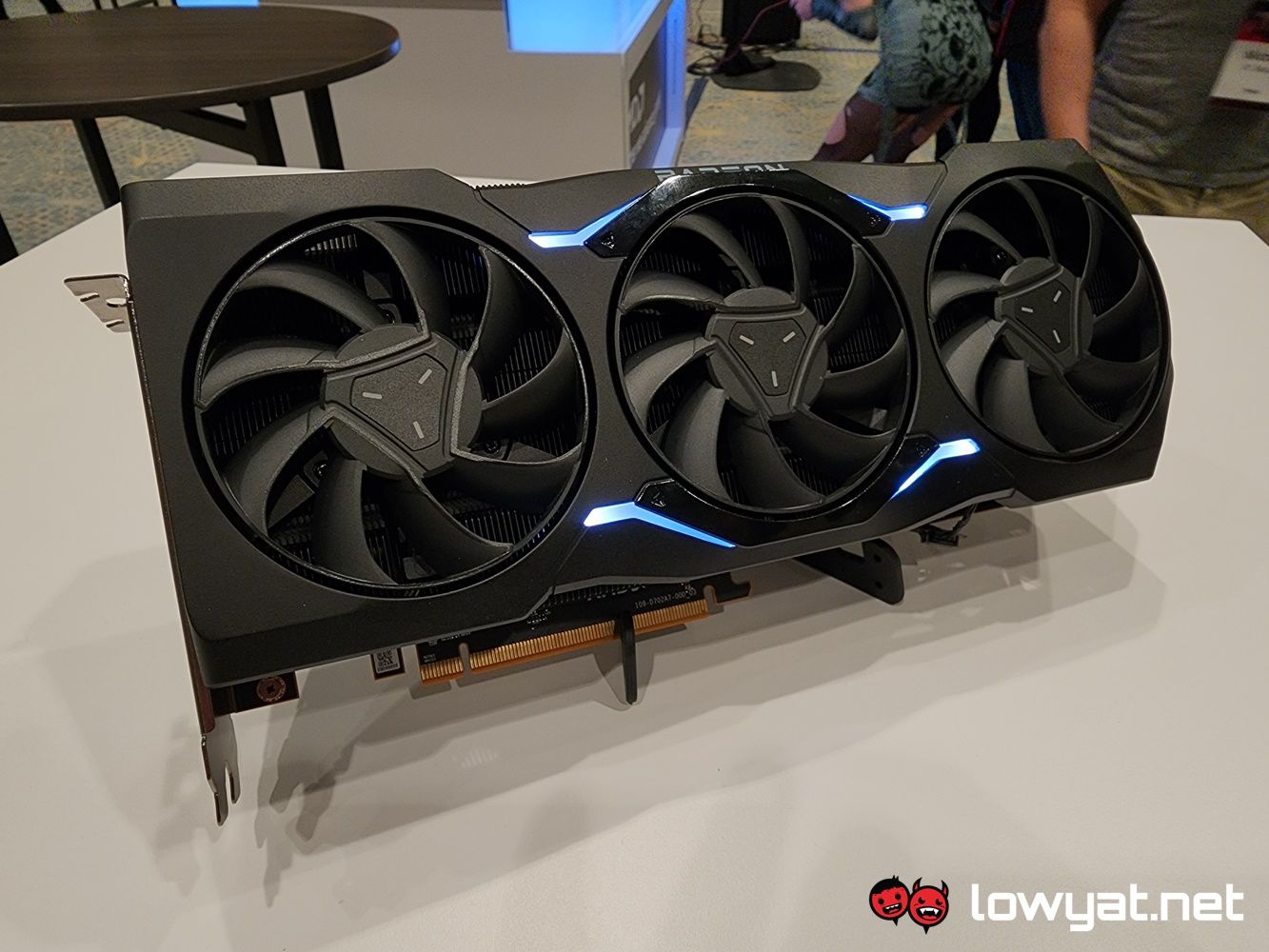Back in IFA 2024, Jack Huynh, AMD’s senior vice president and general manager of its Computing and Graphics Business Group, announced that it will be combining its RDNA and CDNA architecture, to create a new UDNA microarchitecture. This announcement comes as the red CPU and GPU maker announced that it was prioritising market share over creating more high-end and enthusiast-class Radeon GPUs.
In a Q&A session with Tom’s Hardware, AMD’s Huynh explained that UDNA will be one unified architecture and that it will be applied to both consumers and Instinct clients. “We forked it because then you get the sub-optimizations and the micro-optimizations, but then it’s very difficult for these developers, especially as we’re growing our data center business, so now we need to unify it. That’s been a part of it.”
One reason behind AMD’s decision to unify its business and consumer GPU architectures is reportedly because it wants to take on NVIDIA and more specifically, its CUDA platform. Huynh said that, to date, CUDA has a backbone comprising four million developers, and he wants the company to achieve a similar level of success with UDNA.
As for what benefits UDNA would provide in terms of performance uplifts, those details are still fuzzy and again, it’s going to be a bumpy road. As pointed out by the tech platform, one feature lacking from RDNA are dedicated AI acceleration units; since 2018, NVIDIA’s GeForce RTX GPUs have been fitted with dedicated Tensor cores, allowing the cards to run ray-tracing in games that support the feature.

That isn’t to say AMD’s own RDNA-powered Radeon cards are incapable of running ray-tracing. Its current RDNA3 architecture does it by accessing the FP16 units via WMMA instructions, Simply put, the red chipmaker’s GPUs run them on a software-level.
(Source: Tom’s Hardware)
Follow us on Instagram, Facebook, Twitter or Telegram for more updates and breaking news.




